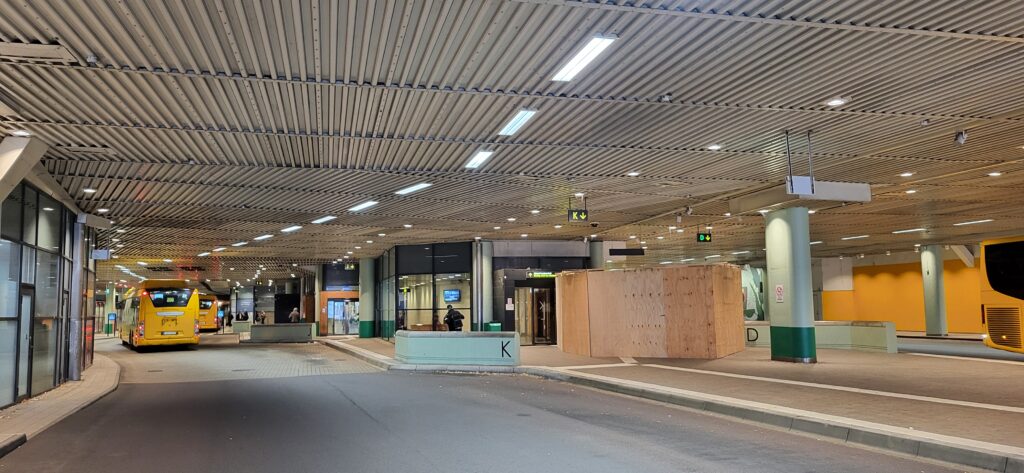Going from smart to intelligent buildings - trend report from SBC2018
Winston Churchill once said “We shape our buildings and afterwards our buildings shape us”. At this year’s Smart Building Conference, SBC, we learned that dramatic changes lie ahead and we need to question that old truth. Smart buildings turn intelligent and we keep on changing them…. to adjust to us. This post will give you an insight in what we discussed at SBC and what inspiring changes lie ahead.
How we plan and build commercial buildings is profoundly changing. The driving forces are people and the focus on enhancing human productivity. The technology of today can improve our wellbeing which naturally leads to an improved productivity, after all we come from nature so why not make the buildings more humancentric?
Workspace – as important as the paycheck
Millennials will comprise more than 75% of the workforce by 2025, a generation where the Internet revolution and digitalization has been a natural part of life and at SBC we learned that this generation has a different view of the workspace which will have a huge impact on the design of the workplace.
Open workplaces where co-working and creativity come naturally is highly desired by this generation still a personalized workspace is equally important. Studies show that this generation will not have the same loyalty to the employer as previous generations and the workplace environment is as important as the paycheck.

A personalized yet open workspace is possible to combine. The EDGE building in Amsterdam is a good example. Their success lies in breaking up the traditional silo thinking that for example light control systems and a HVAC systems only can be used for the original purpose and nothing else. Thanks to smart use of technology the EDGE building is claimed to be the most sustainable building in the world and probably also the best workplace.
Wellbeing leads to increased productivity
The requirements on the modern office is amplified by the increased focus on productivity represented by the $3-$30-$300 rule. That is $3 of the spending in a building is related to energy, $30 to assets and $300 of that spending is related to productivity. One percent increased productivity or one percent savings on assets or energy… what would be most beneficial…? Well you do the math.
Productivity and a good workplace environment goes hand in hand. We come from the nature and bringing in some elements of nature into the commercial building will have a significant impact in the right direction. So how will this effect Light and HVAC controls?
The human in focus
The future of humancentric lighting and controlled indoor climate is to break the silo thinking and let the technology serve the humans on a personal level.
Personalized controls is the way forward which means that not only should I as an individual be allowed to adjust the indoor environment up to my preference, it shall also follow me from one work place to another in the building. For example, air temperature, light color temperature and light level should be the same wherever I work in the building. And this must work in the future creative and humancentric open work spaces.
What do we need to require from technology in making smart buildings intelligent? Everything needs to talk standard IP – when things can communicate across the silos, the silos will break! Edge computing is identified as one of the key technologies for IoT by Gartner and indispensable in an intelligent building.
Thousand and thousands of sensors connected together will resemble the neurons of the human brain….connected with the synapses… making the building intelligent.




